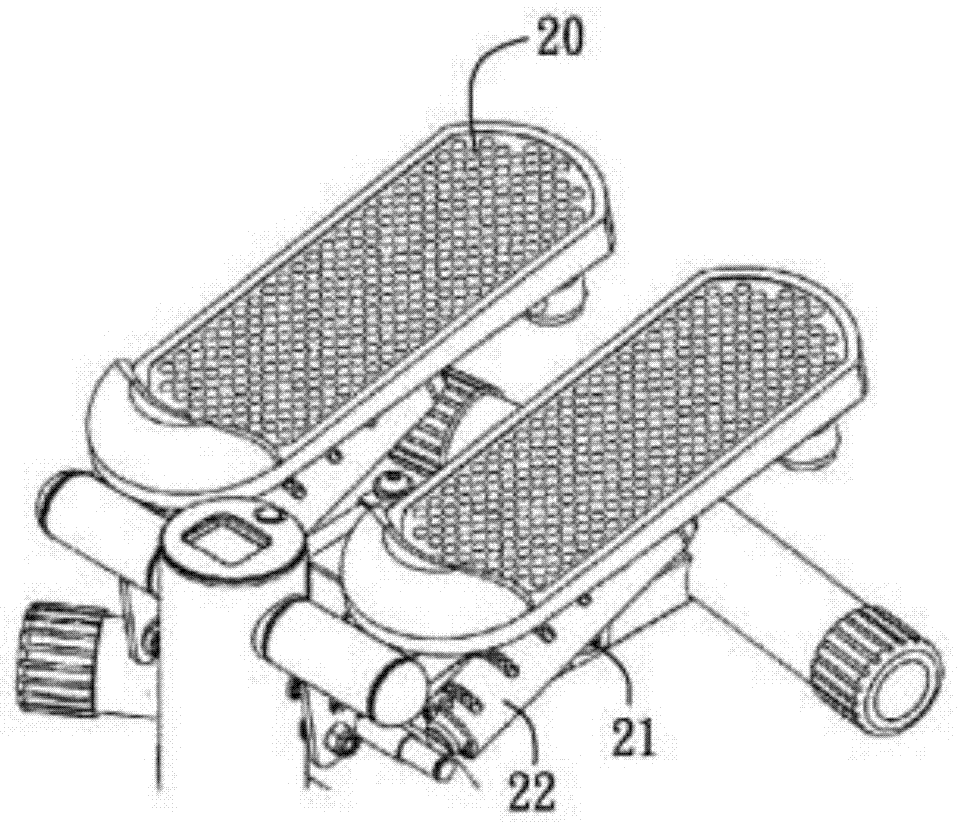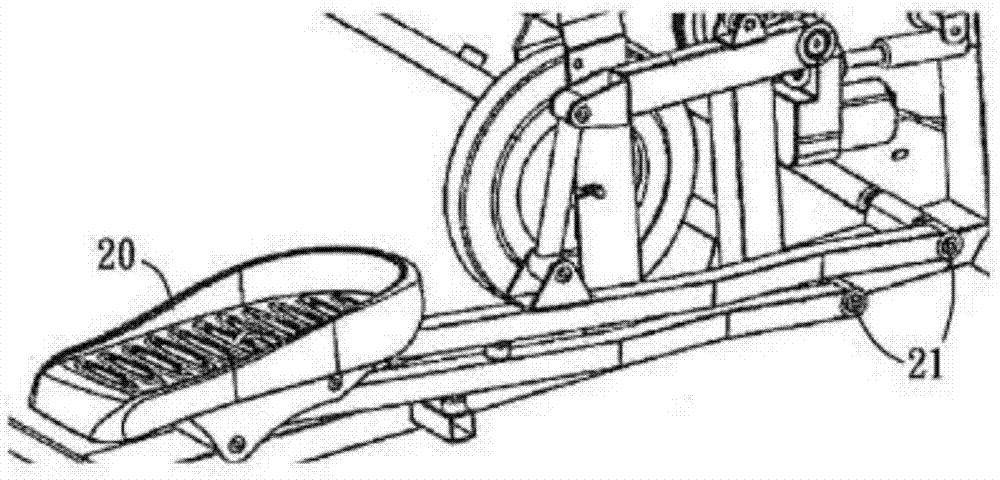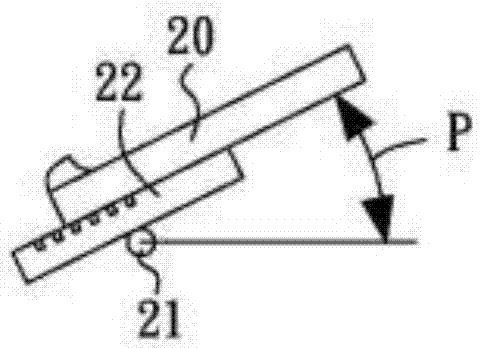Exercise device
The technology of a sports device and an elastic device is applied in the directions of sports accessories, training equipment for adjusting the cardiovascular system, training equipment for adjusting coordination, etc., and can solve the problems of insufficient thrust and difficulty in simulating stepping and striding.
- Summary
- Abstract
- Description
- Claims
- Application Information
AI Technical Summary
Problems solved by technology
Method used
Image
Examples
Embodiment Construction
[0051]Various embodiments of the present application will be described in detail below, and the accompanying drawings are used as examples. In some embodiments, the examples shown in the figures may be to scale, but in other embodiments, not necessarily to scale. In some embodiments, the same or similar reference numerals may represent the same, similar, or analog components and / or elements, but in some embodiments may also represent different components. In some embodiments, nouns describing directions, such as up, down, left, right, up, down, over, above, below, behind, in front, etc., can be interpreted literally, but in other embodiments, also Can not be interpreted literally. In addition, in order to clearly represent certain components of the present invention, some components may be omitted from the diagrams. In the description of the specification, many specific details are provided in order to enable readers to have a more complete understanding of the present inven...
PUM
 Login to View More
Login to View More Abstract
Description
Claims
Application Information
 Login to View More
Login to View More - R&D
- Intellectual Property
- Life Sciences
- Materials
- Tech Scout
- Unparalleled Data Quality
- Higher Quality Content
- 60% Fewer Hallucinations
Browse by: Latest US Patents, China's latest patents, Technical Efficacy Thesaurus, Application Domain, Technology Topic, Popular Technical Reports.
© 2025 PatSnap. All rights reserved.Legal|Privacy policy|Modern Slavery Act Transparency Statement|Sitemap|About US| Contact US: help@patsnap.com



